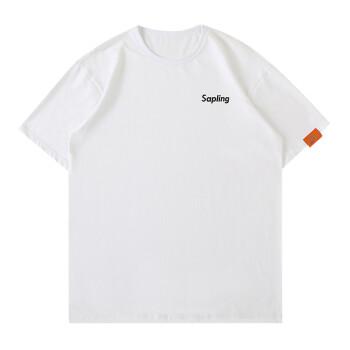How women’s clothing fabrics behave and feel when in contact with the skin is crucial to choosing the right clothing. Buying fabrics that are skin-friendly will not only provide a comfortable fit, but also protect your skin from irritation and allergies. Here are some common women’s clothing fabric materials and how they behave and feel when in contact with skin.
1. Cotton: Cotton is one of the most common fabrics. It has good breathability and moisture absorption, keeping the skin dry and comfortable. Cotton fabric is soft against the skin, conforms to the skin and won’t cause allergies or irritation. Cotton underwear or pajamas are a great option for people who sweat easily or are allergic to fibers.
2. Silk: Silk is a soft, smooth fabric that is very suitable for contact with the skin. Silk has high antibacterial properties and can protect the skin. Silk has a nice moist texture and is suitable for fragile and sensitive skin. However, it should be noted that silk fabrics are prone to wear and stretch and require careful maintenance.
3. Wool: Wool is an insulating material that provides warmth and comfort. Wool fabric is soft and has antibacterial properties, which help absorb and remove moisture from the body’s surface, keeping you dry. Wool is a good choice for people whose skin is prone to sweating or who need extra warmth.
4. Linen: Linen fabric is made of flax fiber and has good breathability and moisture absorption, keeping the skin cool and dry. Linen fabrics have a soft touch when in contact with the skin, but they also wrinkle easily. Linen clothing is suitable for summer wear, especially for people who are allergic to fibers or sensitive to high temperatures.
5. Synthetic fibers: Synthetic fibers such as polyester, nylon, etc. usually have good elasticity and durability. These fabrics are more permeable to block external environmental irritants, while also having good comfort and adaptability, suitable for various seasons and activities.
In addition to the fabrics mentioned above, there are also some other special fabric materials, such as bamboo fiber, modal, etc., which use natural ingredients and special Craftsmanship can provide a higher level of skin contact experience.
Finally, in order to ensure the comfort and long-lasting protective properties of fabrics in contact with the skin during use, we need correct washing and maintenance methods. Follow the instructions on the clothing label for regular laundering, avoid using excessive amounts of detergent and bleach, and avoid harsh scrubbing and high-temperature drying.
In short, when choosing women’s clothing fabric materials, you should consider factors such as the fabric’s breathability, hygroscopicity, softness, and whether it is prone to allergies, to ensure that it is compatible with the fabric. Comfort and health in skin-to-skin contact. At the same time, correct washing and maintenance are also important links in maintaining fabric performance.





